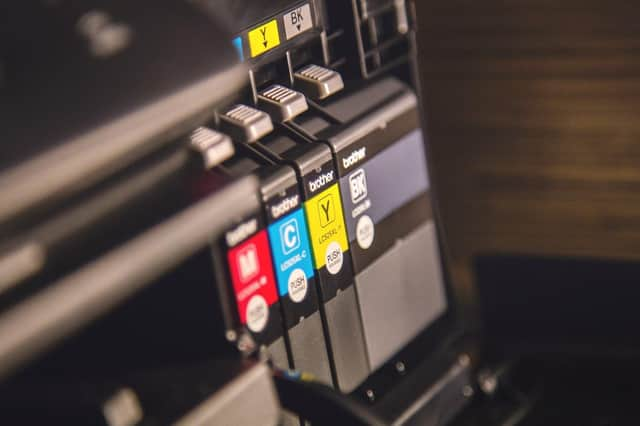How to print straight from your phone to any wi-fi printer


But at least your computer knows how to recognise a printer when it sees one. Your phone hasn’t a clue.
This is a legacy of the rush to digitise documents on to online clouds. Printing them to pieces of paper has been on no-one’s agenda lately, save for the companies who actually make printers – and their focus has been mainly on trying to sell us expensive ink refills.
Advertisement
Hide AdAdvertisement
Hide AdYet with only a little fiddling, it is possible to send words, pictures and other data directly from your handset to almost any modern printer on the wi-fi network you are currently using.
The easiest way of doing this is with an app designed for the purpose. Google has had its own service, known as Cloud Print, for several years but it never came fully to fruition and is being withdrawn at the end of this year.
Its departure has left the market to several independent vendors, the best of which is perhaps PrinterShare, which has versions available for Apple and Android phones.
Once installed, it can find all the emails, text messages, calendar entries and other documents to which your phone has access. Whether they are stored on the phone itself or on a cloud service like Gmail or Google Drive makes no difference; you just select the quantity and quality, and press the Print button. It’s arguably easier than printing from a computer, since everything is in the same place.
Advertisement
Hide AdAdvertisement
Hide AdFinding a printer is a matter of scanning for nearby, switched-on wi-fi devices and selecting the one you want. It doesn’t have to be a model that was sold as cloud-enabled, because the app will download the files it needs to make it compatible. There’s no need for any of the cumbersome software that came with the printer itself.
If your printer doesn’t connect via wi-fi, matters start to get complicated. PrinterShare will still work with USB-cabled printers and those with Bluetooth or on a network, but the configuration starts to become more trouble than it’s really worth.
It’s also not free. Once you progress beyond some very basic setup functionality, you will be asked to fork out around £7, depending on the type of phone you have. So it’s not worth it for just a one-off print job. In fairness, the payment will also buy you the facility to send documents to a printer attached to someone else’s computer – but you can do that more easily and for free by putting them on a USB stick.
PaperCut is another app and online service that aims to take over where Google Cloud Print left off, but its requirement to have its own server running on the computer that also has your printer’s native software installed – an arrangement that makes the PC alert to incoming documents – makes it more suitable for system administrators than for general users.
Advertisement
Hide AdAdvertisement
Hide AdMost of that native software, incidentally, is quite unnecessary. Only a basic “printer driver” is required for two-way communication; the rest of it serves only to encourage you to use more ink, and to sell you replacements at the highest possible prices. So-called bloatware such as this is the number one reason computers slow down over time, and another reason to print from your phone instead, if you can.
But the overwhelming trend – for environmental reasons as well as convenience – is away from home printing altogether, and in shutting down its Cloud Print service, Google has clearly seen the writing on the wall – or lack of it.
Comment Guidelines
National World encourages reader discussion on our stories. User feedback, insights and back-and-forth exchanges add a rich layer of context to reporting. Please review our Community Guidelines before commenting.